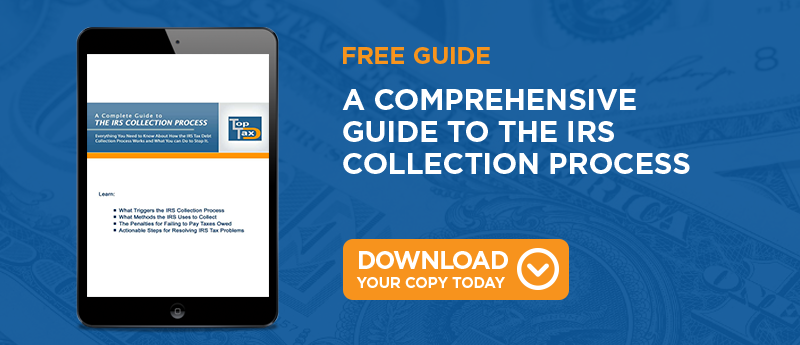
If you've had to manage an IRS federal tax lien on your property, you may be wondering what you can do to remove any remaining obstacles once the lien has been cleared. This may be particularly important if you intend to sell the property to another individual after the tax lien has been removed. In a few instances, some taxpayers who do not owe back taxes to the IRS may receive erroneous tax lien filings against their property. If this happens, it can make it difficult for these individuals to sell their properties. To clear up this situation, taxpayers should request a certificate of nonattachment of federal tax lien from the IRS.
What is a Certificate of Nonattachment of Federal Tax Lien?
This certificate serves as a written guarantee from the IRS, promising that the property is free and clear for purchase and has no outstanding federal tax obligations. The agency only issues this certificate in situations when a tax lien may be mistakenly filed against property of an innocent taxpayer or when a former lien has been cleared and the property is no longer subject to it. Since an existing tax lien can prevent an impending sale of property, it may be especially important to obtain this certificate before entering into the closing process on a disputed property.
How to Request a Certificate of Nonattachment of Federal Tax Lien
Unlike other tax lien information requests, there is no IRS form for requesting a certificate of nonattachment of federal tax lien. However, the IRS does provide specific directions for requesting this certificate. Since the agency does not accept handwritten requests for certificates of nonattachment of federal tax liens, taxpayers must type their requests on either a typewriter or a computer.
IRS Publication 1024 has a complete list of the necessary items that should be included in the certificate request. These items include:
1. The name and address of applicant
2. A description of the property in question and its actual location
3. Copies of the erroneous or outdated tax lien
4. The residential address of the applicant when lien was filed, as well as the length of time spent at that address
5. Details of any other residences the applicant used while the lien was active
6. The Social Security numbers of the applicant and his or her spouse
7. Any contact information for legal representatives who are involved in the sale (if applicable)
8. The daytime phone number of the applicant
Along with this pertinent information, the request for the certificate of nonattachment of federal tax lien must also include a written oath that all the information provided is accurate and complete. IRS Publication 1024 contains the exact phrase that applicant must include to swear that they have provided all information honestly. After completing the form, the applicant must sent it to the IRS office that oversees the area in which the lien was filed.
If your property is listed as having a mistaken or outdated tax lien, the best way to remove this from your property record is to request the certificate of nonattachment of federal tax lien. Be sure to follow the IRS guidelines for application correctly to avoid any delays in receiving your certificate.




